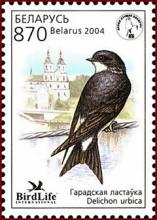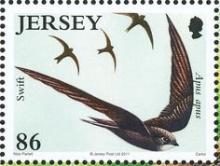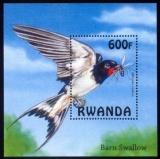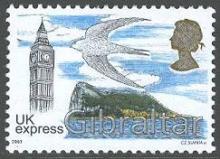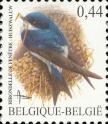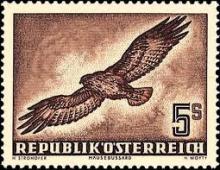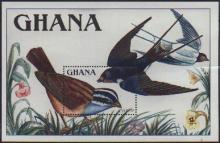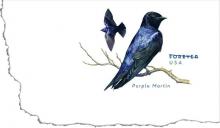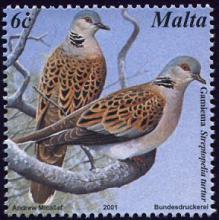Sacramento’s remnant population of the Purple Martin Progne subis, a swallow recognized as a state Species of Special Concern, declined again in 2008 according to a recent survey. The number of nesting martins declined to 84 nesting pairs, a 21% decline from last year. The population is at the lowest level recorded since surveys were initiated in the early 1990s. The continued population decline in Sacramento worries biologist Dan Airola, who has been studying and managing the purple martin population for years with a group of dedicated volunteers. “Over the last 4 years, the population has decreased by over 50%, which is pretty dramatic” Airola notes.

